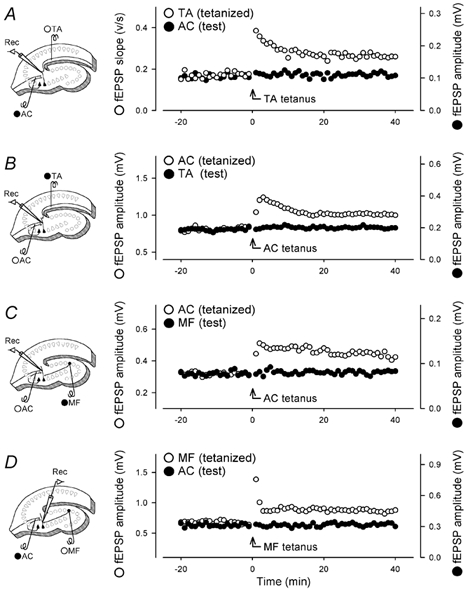Figure 6. No heterosynaptic interaction between other combinations of three CA3 afferents.

Two different afferents were alternatively stimulated at 15 s intervals, and tetanic stimulation (100 Hz for 1 s) was delivered to one pathway (open circles) at time 0. A, field responses were recorded from the stratum lacunosum-moleculare. Thus, stimulation of the TA and AC results in a negative-going (sink) field potential and a positive-going (source) field potential, respectively. The afferents to produce sink potentials were set as a tetanized pathway, that is, the tetanized pathway (open circles) was TA, and the control pathway (closed circles) was AC. B, field responses were recorded from the stratum radiatum. The tetanized pathway was AC, and the test pathway was TA. C, field responses were recorded from the stratum radiatum. The tetanized pathway was AC, and the test pathway was MF. D, field responses were recorded from the stratum lucidum. The tetanized pathway was MF, and the test pathway was AC. Although MF-evoked responses did not display marked post-tetanic potentiation, we confirmed that 2 µm DCG IV inhibited these responses. Experiments were repeated with 3–5 slices, producing similar results. Data show one representative case. We did not conduct normalization or averaging because the baseline values, particularly of the test pathway, varied considerably among experiments.
